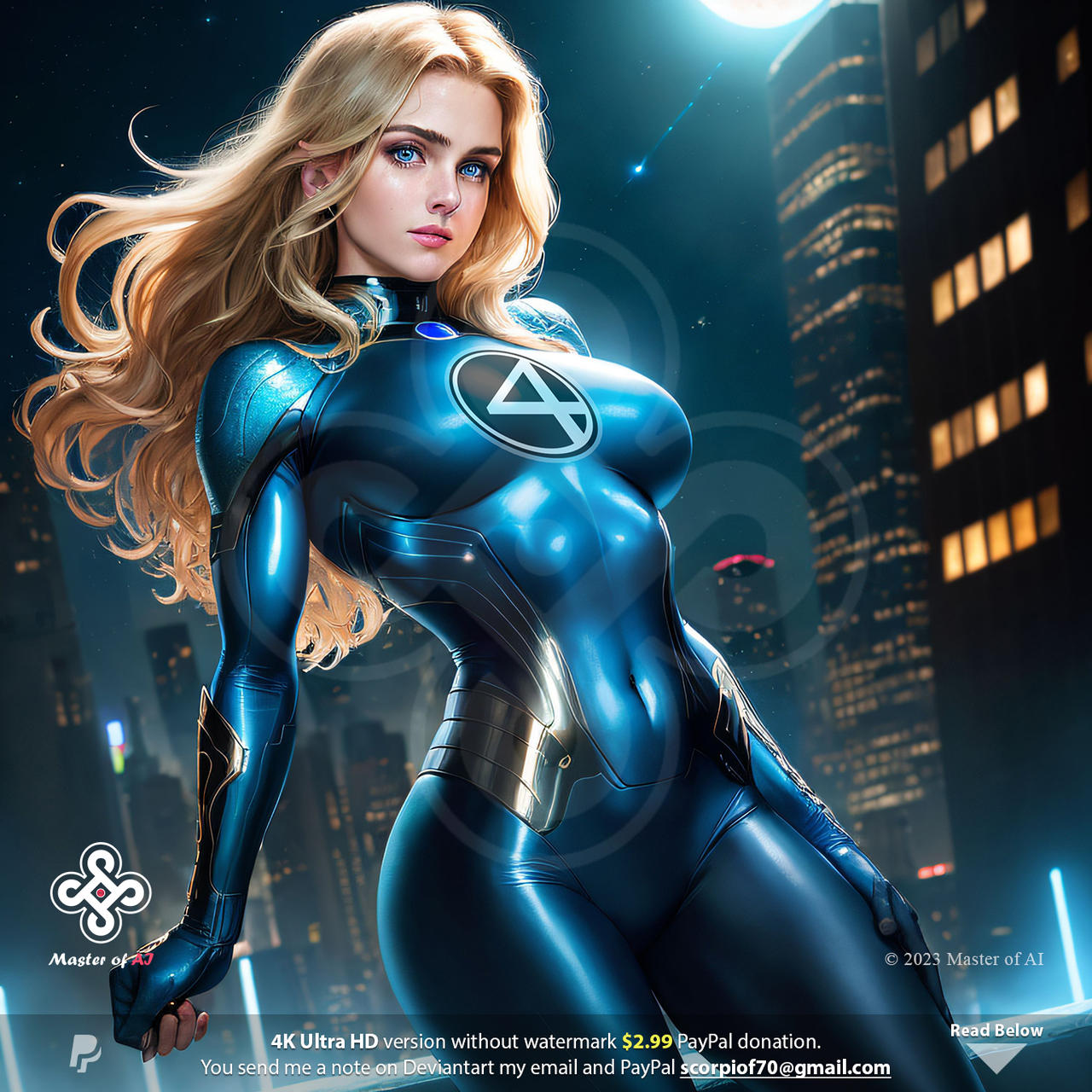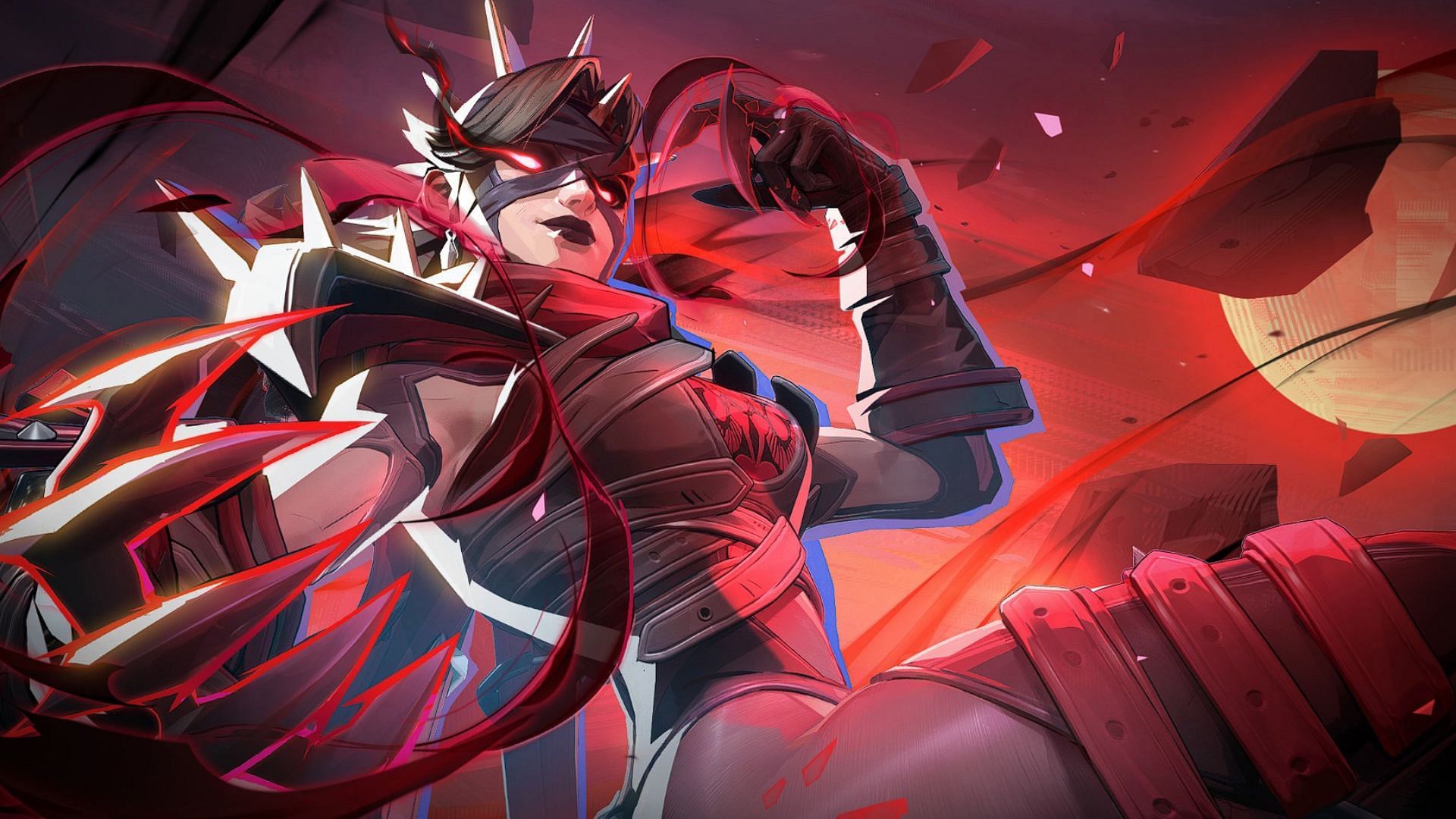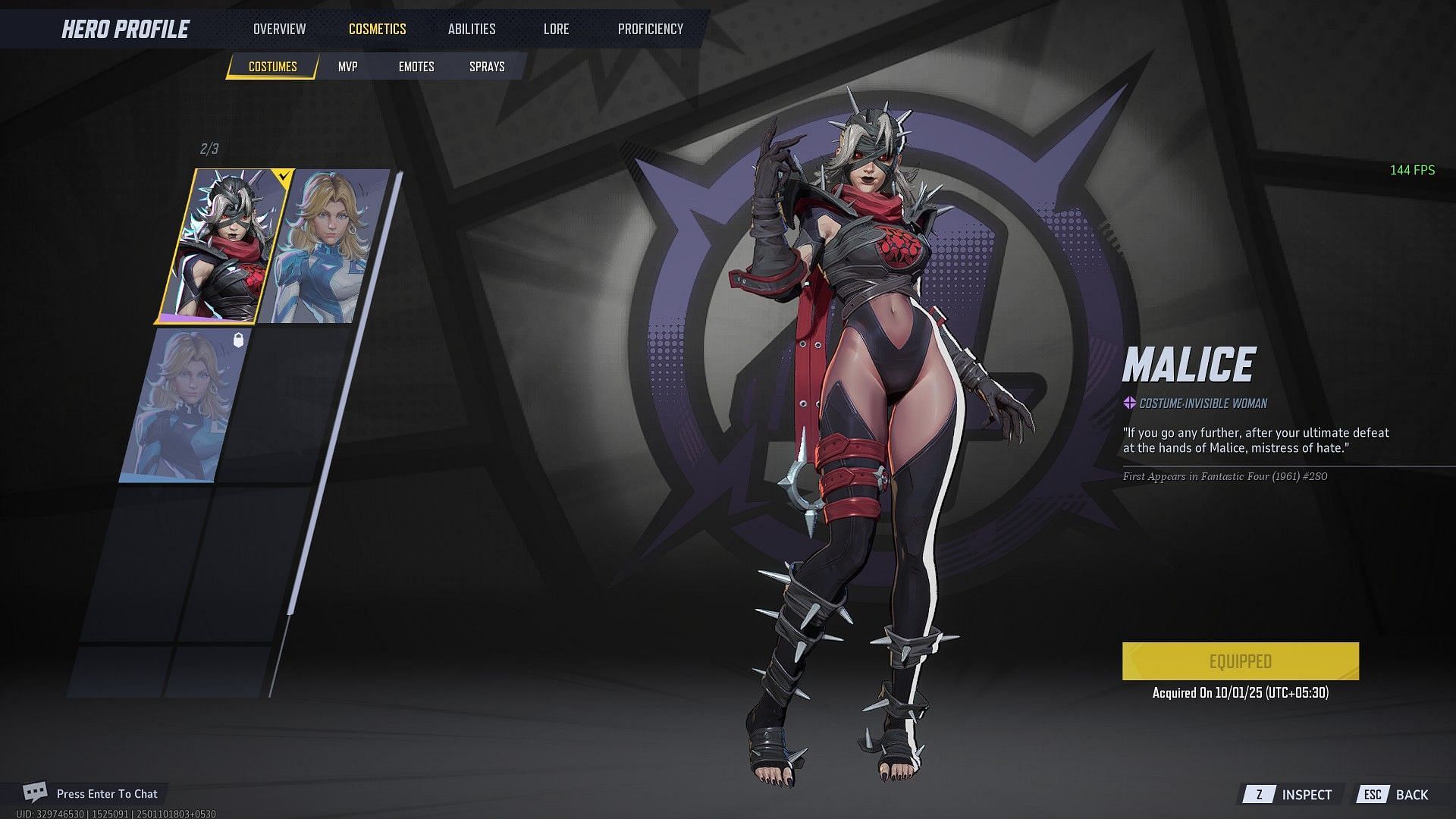Unveiling Malice: A Deep Dive Into The Invisible Woman's World
In the vast tapestry of human emotions and narrative complexities, few concepts are as potent and destructive as malice. It is a force that drives conflict, shapes destinies, and often leaves a trail of devastation in its wake. But what exactly constitutes malice, and how does this insidious intent manifest in the intricate narratives of our beloved fictional universes? This article will delve into the profound meaning of malice, exploring its psychological, ethical, and legal dimensions, while simultaneously examining its profound impact on one of Marvel Comics' most iconic and resilient characters: the Invisible Woman, Sue Storm Richards.
From the subtle whisper of ill will to the overt desire to cause immense suffering, malice is a multifaceted concept that transcends simple anger or frustration. It is a deliberate intention, a calculated wish to harm or upset others, often with a deep-seated bitterness or rancor. As we unpack the layers of this dark human impulse, we will see how characters like the Invisible Woman, a beacon of strength and compassion, often find themselves at the epicenter of malicious plots, or, in rare, desperate moments, grapple with its shadow themselves.
Table of Contents
- What is Malice? Deconstructing a Destructive Intent
- The Psychology of Malice: Roots of Ill Will
- Malice in Law and Ethics: The Weight of Intent
- Antonyms and Nuances of Malice: Beyond Simple Hate
- Biography of Sue Storm: The Invisible Woman
- Personal Data: Sue Storm Richards
- Malice in the Marvel Universe: How Invisible Woman Confronts It
- The Hero's Burden: When Malice Is Misunderstood or Misdirected
- Beyond Malice: Invisible Woman's Enduring Legacy
- Conclusion: The Enduring Battle Against Malice
What is Malice? Deconstructing a Destructive Intent
At its core, the meaning of malice is a desire to cause pain, injury, or distress to another. It's more than just anger or annoyance; it's a deliberate, often calculated, intent to inflict harm. The Oxford Advanced Learner's Dictionary defines malice as "the intention or desire to do evil or cause harm." This definition underscores the active, volitional nature of malice. It's not an accidental consequence but a willed outcome. Webster's New World College Dictionary, 4th ed., echoes this, describing it as "intention to harm or deprive in an illegal or immoral way."
When we talk about how to use malice in a sentence, we often see it in contexts that highlight its harmful intent: "The malice and spite of a lifelong enemy" or "If someone feels malice toward you, look out." These phrases illustrate that malice is a pervasive, dangerous force, often associated with deep-seated animosity. It's a desire to take pleasure in another's suffering, a bitter enjoyment of their downfall. This malevolent intent distinguishes malice from simple dislike or disagreement; it's the active wish for another's detriment.
The Psychology of Malice: Roots of Ill Will
Understanding malice requires delving into the darker corners of human psychology. It often stems from a complex brew of emotions: envy, resentment, insecurity, or a perceived injustice. Someone harboring malice might feel a profound sense of bitterness or spitefulness, leading them to actively seek ways to undermine or hurt another. This isn't merely a passive feeling; it's an active, driving force. The synonyms for malice—malevolent, rancor, hatred, venom, enmity, animosity, ill will—all point to this deeply negative, often aggressive, emotional state.
Psychologically, malice can be a coping mechanism for individuals who feel powerless or wronged. By inflicting pain on others, they might seek to regain a sense of control or to project their own inner turmoil outwards. It's a destructive cycle that perpetuates suffering, both for the target of the malice and, ultimately, for the one who harbors it. The intention to cause harm, whether physical, emotional, or reputational, is the hallmark of this psychological state, making it a particularly insidious aspect of human behavior.
Malice in Law and Ethics: The Weight of Intent
Beyond its psychological definition, malice holds significant weight in legal and ethical frameworks. In law, malice is a crucial term, referring to a party's intention to do injury to another party. This concept is vital in determining culpability and the severity of a crime. For instance, "to illegally harm someone with malice aforethought" implies a premeditated, deliberate intent to commit a crime or harm somebody, elevating the charge from a lesser offense to a more serious one, such as murder.
Malice is either expressed or implied. For example, malice is expressed when there is manifested a clear intent, such as direct threats or actions overtly designed to cause harm. Implied malice, on the other hand, might be inferred from the circumstances surrounding an act, even if the direct intention isn't explicitly stated. This legal distinction highlights how intent, particularly malicious intent, is paramount in judging actions and assigning responsibility. Ethically, actions driven by malice are universally condemned, as they violate fundamental principles of compassion, respect, and non-maleficence. The desire to do evil or cause suffering is antithetical to most moral codes.
Antonyms and Nuances of Malice: Beyond Simple Hate
To fully grasp the meaning of malice, it's helpful to consider its antonyms and the subtle nuances that differentiate it from similar negative emotions. While hatred and hate are often used interchangeably with malice, malice implies a more active, deliberate desire to inflict harm, whereas hate can be a more passive, albeit intense, feeling of aversion. Antonyms of malice include benevolence, goodwill, kindness, and compassion. These contrasting terms highlight the absence of harmful intent and the presence of positive, nurturing desires.
The term "malicious" is an adjective derived from malice, describing actions or intentions characterized by ill will. For example, a "malicious rumor" is one spread with the intent to harm someone's reputation. The distinction between "malicious" and "malevolent" is also subtle but important. While both imply evil intent, "malevolent" often suggests a more inherent, fundamental evilness, whereas "malicious" points to a specific, active desire to cause harm in a particular instance. Understanding these nuances allows for a more precise and comprehensive understanding of this complex human emotion.
Biography of Sue Storm: The Invisible Woman
The Invisible Woman, also known as Susan "Sue" Storm Richards, stands as one of the foundational pillars of the Marvel Universe. As a member of the Fantastic Four, she is not only a superhero but also a scientist, an explorer, a wife, and a mother. Her journey from a somewhat secondary character in the early days of comics to a powerful, independent, and indispensable leader is a testament to her enduring appeal and the evolving landscape of comic book storytelling.
Origin and Evolution: From Damsel to Dynamo
Sue Storm's origin is inextricably linked to the cosmic rays that transformed her and her companions—Reed Richards, Johnny Storm, and Ben Grimm—into the Fantastic Four. Originally conceived as a more traditional female character, often serving as a love interest or a damsel in distress, Sue's powers of invisibility were initially portrayed as defensive and reactive. However, under the guidance of writers like John Byrne and later creators, her abilities evolved dramatically, revealing her true potential as one of the most formidable beings in the Marvel Universe. She gained the power to generate powerful invisible force fields, allowing her to project concussive blasts, create defensive barriers, and even manipulate objects. This evolution mirrored her growth as a character, transforming her into a confident, assertive leader capable of holding her own against cosmic threats.
Powers and Abilities: The Unseen Force
The Invisible Woman's powers are far more versatile and potent than her name suggests. While her primary ability is to render herself and others invisible by bending ambient light, her most devastating power lies in her capacity to generate and manipulate psionic force fields. These fields are extensions of her mind, allowing her to:
- Invisibility: Render herself and others completely unseen, even to advanced sensory equipment.
- Force Fields: Create incredibly durable, invisible force fields for defense, offense, and various utility purposes. These can range from protective shields to offensive constructs like blunt weapons or platforms.
- Concussive Blasts: Project powerful, invisible concussive blasts capable of knocking back or incapacitating opponents.
- Levitation/Flight: Use her force fields to levitate herself or others, effectively granting flight.
- Internal Attacks: In more advanced applications, she can create force fields *inside* an opponent, causing immense pain or incapacitation, a testament to the terrifying potential of her powers.
- Tactical Acumen: Beyond her powers, Sue possesses exceptional tactical and strategic thinking, often serving as the emotional anchor and strategic backbone of the Fantastic Four.
Personal Data: Sue Storm Richards
Below is a table summarizing key personal and biographical data for the Invisible Woman:
| Full Name | Susan "Sue" Storm Richards |
| Aliases | Invisible Girl (formerly), Malice (briefly, due to psychological manipulation), Baroness von Doom (alternate reality) |
| Affiliations | Fantastic Four (founding member), Future Foundation, Avengers, Fantastic Force |
| Team Status | Active |
| Base of Operations | Baxter Building, Four Freedoms Plaza (formerly), Pier 4 (formerly), NYC |
| Relatives | Reed Richards (husband), Franklin Richards (son), Valeria Richards (daughter), Johnny Storm (brother), Nathaniel Richards (father-in-law), Wizard (uncle-in-law) |
| First Appearance | Fantastic Four #1 (November 1961) |
| Creators | Stan Lee, Jack Kirby |
| Powers | Invisibility, Psionic Force Field Generation (constructs, blasts, manipulation) |
Malice in the Marvel Universe: How Invisible Woman Confronts It
The world of superheroes is rife with conflict, and at the heart of many supervillain schemes lies a deep-seated malice. The Invisible Woman, as a central figure in the Fantastic Four, has faced the embodiment of malice countless times, often from foes whose primary motivation is to cause suffering, destroy, or dominate. Her experiences highlight how a desire to cause pain or distress can manifest on a cosmic scale.
Facing Villainous Malice: Threats to Family and Reality
Sue Storm's greatest strength is often her compassion and her unwavering devotion to her family. This makes her a prime target for villains who wield malice as their weapon. Doctor Doom, the Fantastic Four's archenemy, is a prime example of a character driven by profound malice. His desire to usurp Reed Richards, to conquer the world, and to inflict suffering upon those he perceives as inferior, stems from a deep well of bitterness and envy. Sue has repeatedly stood against Doom's malevolent schemes, using her powers not just to defend, but to protect her loved ones and the innocent. Whether it's Doom attempting to kidnap her children, Franklin and Valeria, or threatening to destroy the very fabric of reality, Sue's confrontations with his malice are always deeply personal.
Other villains, such as Psycho-Man, have directly targeted Sue's emotional state, attempting to manipulate her feelings and turn her own powers against her or her teammates. In one infamous storyline, Psycho-Man amplified Sue's negative emotions, transforming her into "Malice," a dark, aggressive persona that reveled in causing pain and distress. This narrative arc powerfully illustrated the destructive potential of malice, showing how even the purest of heroes can be corrupted by its influence if their emotional defenses are breached. Sue's eventual triumph over this internal malice showcased her incredible mental fortitude and the enduring strength of her true character.
The Weight of Malice: Personal Stakes and Emotional Toll
For the Invisible Woman, confronting malice is never just about punching a villain. It carries immense personal stakes. When a villain's malice is directed at her children or her husband, Reed, the emotional toll on Sue is profound. She often grapples with the weight of her responsibilities, the fear of failure, and the sheer psychological burden of constantly facing individuals who wish her and her family harm. This emotional depth adds layers to her character, making her struggles with malice far more relatable than those of a typical, invulnerable superhero.
Her ability to overcome these challenges, to push past the fear and the desire for retribution, and to continue fighting for what is right, is a testament to her heroic spirit. It's not just about physical power; it's about the moral fortitude to resist the temptation of bitterness and to respond to malice with unwavering resolve and, ultimately, hope.
The Hero's Burden: When Malice Is Misunderstood or Misdirected
Sometimes, the line between malice and other intense emotions can blur, even for heroes. In moments of extreme duress, when her family is threatened, Sue Storm has demonstrated a fierce, almost terrifying protectiveness that could be misinterpreted as a form of malice. While her intent is always to protect, the sheer force and intensity of her powers when unleashed in defense of her children can be overwhelming. This highlights a crucial aspect of the hero's burden: the immense power they wield, and the fine line between righteous fury and destructive intent. A hero must constantly guard against their own emotions being twisted into something resembling malice, even when justified by dire circumstances.
Moreover, the public's perception can sometimes misinterpret a hero's actions, attributing malice where none exists. The Fantastic Four, as public figures, have often faced scrutiny and suspicion, with their intentions questioned. In a world quick to judge, even a hero's most selfless acts can be viewed through a lens of cynicism, making the fight against genuine malice even more challenging when trust is eroded.
Beyond Malice: Invisible Woman's Enduring Legacy
The Invisible Woman's story is a powerful narrative of growth, resilience, and the triumph of compassion over destructive forces. While she has faced and overcome immense malice, both external and internal, her legacy is defined not by the harm she has endured, but by the hope and protection she offers. She represents the idea that true strength lies not just in power, but in the ability to love fiercely, to protect tirelessly, and to inspire others to be better. Her journey from the "Invisible Girl" to the formidable Invisible Woman symbolizes the emergence of a character who embodies the best of humanity, even when confronted with its worst aspects.
Her enduring presence in the Marvel Universe, her leadership within the Fantastic Four, and her role as a loving mother and wife underscore her importance. She is a beacon against the darkness, a testament to the fact that even in a world plagued by malice, light, family, and unwavering heroism can prevail. Her narrative teaches us that while the desire to cause pain exists, the desire to protect, to heal, and to build is ultimately stronger.
Conclusion: The Enduring Battle Against Malice
The concept of malice, with its deep roots in human psychology and its significant implications in law and ethics, remains a powerful and often destructive force. As we've explored, it is a deliberate intention to cause harm, a bitter desire to see others suffer. From the quiet ill will of an individual to the grand, malevolent schemes of supervillains, malice permeates narratives and real-world conflicts alike.
The Invisible Woman, Sue Storm Richards, stands as a compelling figure in this discussion. Her journey through the Marvel Universe is a continuous confrontation with malice in its myriad forms, from the calculated cruelty of Doctor Doom to the insidious psychological manipulation that once turned her into "Malice" herself. Her story is a testament to the resilience of the human spirit, demonstrating how even the most profound desire to cause pain can be resisted and overcome by unwavering love, courage, and an unyielding commitment to justice.
Ultimately, understanding malice helps us to recognize its presence, both within ourselves and in the world around us. By shedding light on this destructive intent, we can better appreciate the heroes, both fictional and real, who tirelessly fight against it, choosing compassion and protection over bitterness and harm. What are your thoughts on how characters like the Invisible Woman confront such deep-seated malevolence? Share your insights in the comments below, and explore more articles on heroism and human nature on our site!

Invisible-Woman 11-07-23-01 by MasterofAI on DeviantArt

How to get Invisible Woman Malice skin in Marvel Rivals

How to get Invisible Woman Malice skin in Marvel Rivals